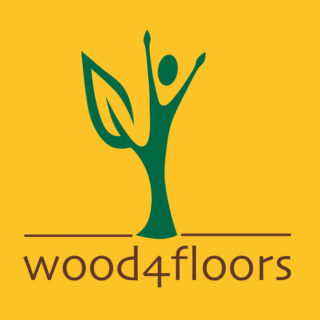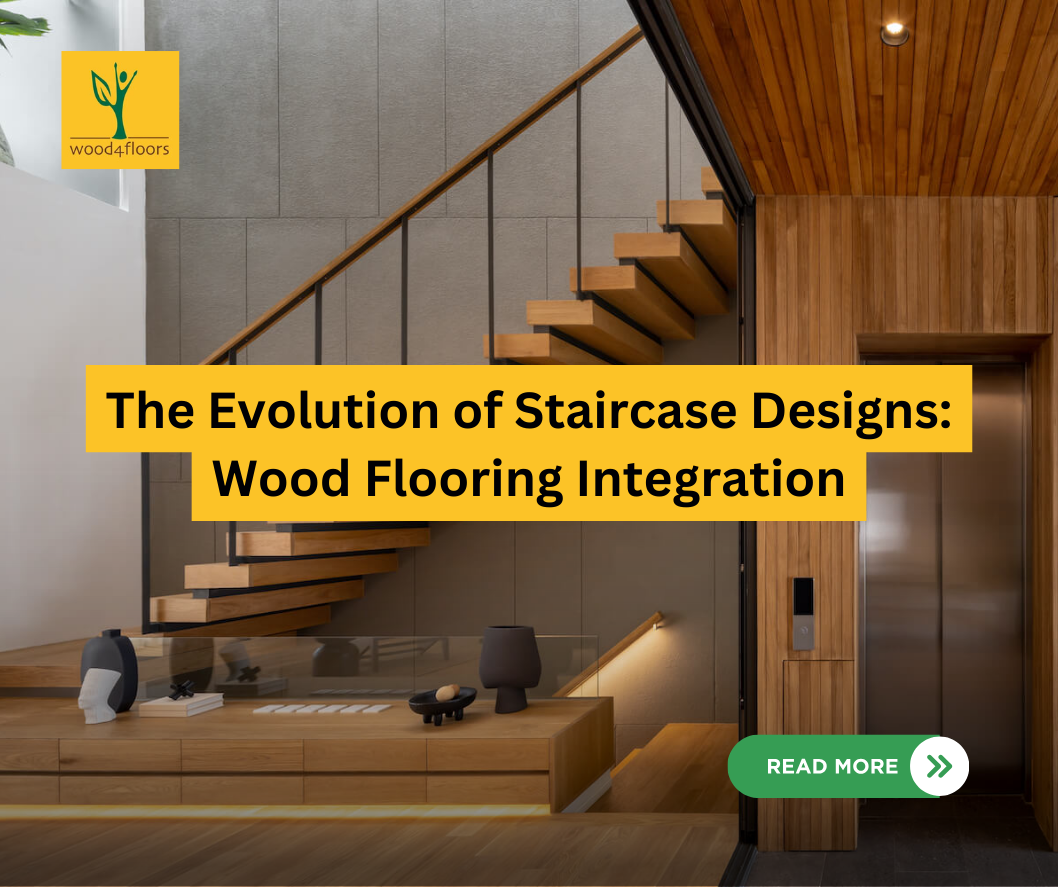Staircases serve as more than just functional elements in a home; they’re opportunities for design innovation and expression. Over the years, staircase designs have evolved, with wood flooring integration emerging as a prominent trend. In this guide, we’ll explore the evolution of staircase designs and how integrating wood flooring has transformed these architectural features into stunning focal points within homes.
The Shift Towards Wood Flooring Integration: Traditionally, staircases were constructed using materials like concrete, stone, or carpeting. While these materials served their purpose, they lacked the warmth and elegance that wood flooring brings to a space. As homeowners and designers began to prioritize aesthetics alongside functionality, the integration of wood flooring into staircase designs gained momentum.
Seamless Transitions: One of the key benefits of integrating wood flooring into staircases is the creation of seamless transitions between different areas of the home. By extending wood flooring from adjoining rooms to the staircase, homeowners can achieve a cohesive and harmonious look that enhances the overall flow and continuity of their living spaces. Whether it’s matching the staircase treads to hardwood flooring in the foyer or incorporating wood accents on stair risers, the result is a unified design that adds visual interest and sophistication to the home.
Versatility in Design: Wood flooring integration offers endless possibilities for staircase design, allowing homeowners to tailor their stairs to suit their personal style and preferences. From traditional hardwood staircases with intricate balustrades to sleek, modern designs featuring floating treads and glass railings, there’s a wood flooring option to complement any architectural aesthetic. Additionally, wood flooring comes in a variety of species, finishes, and textures, providing flexibility in design choices and allowing for customization to match the overall decor scheme of the home.
Enhanced Durability and Maintenance: Beyond aesthetics, integrating wood flooring into staircases offers practical benefits in terms of durability and maintenance. Hardwood stairs are known for their strength and resilience, standing up to daily wear and tear with ease. Unlike carpeted stairs, which can trap dirt and allergens and require frequent cleaning, wood stairs are easy to maintain and clean, making them an ideal choice for busy households. With proper care and maintenance, wood stairs can maintain their beauty and integrity for years to come, adding long-term value to the home.
Timeless Appeal: Wood flooring integration is not just a passing trend; it’s a timeless design choice that adds value and elegance to any home. Unlike other materials that may go in and out of style, wood flooring has enduring appeal and can adapt to changing design trends and preferences. Whether your home is traditional, contemporary, or somewhere in between, wood flooring integrated into staircase designs offers timeless beauty and sophistication that will never go out of fashion.
Conclusion: As staircase designs continue to evolve, integrating wood flooring has emerged as a popular and enduring trend. With its seamless transitions, versatile design options, durability, and timeless appeal, wood flooring adds a touch of elegance and sophistication to any staircase, elevating the overall look and feel of the home. Whether you’re renovating an existing staircase or designing a new one, consider incorporating wood flooring to create a stunning focal point that enhances the beauty and functionality of your living space.


